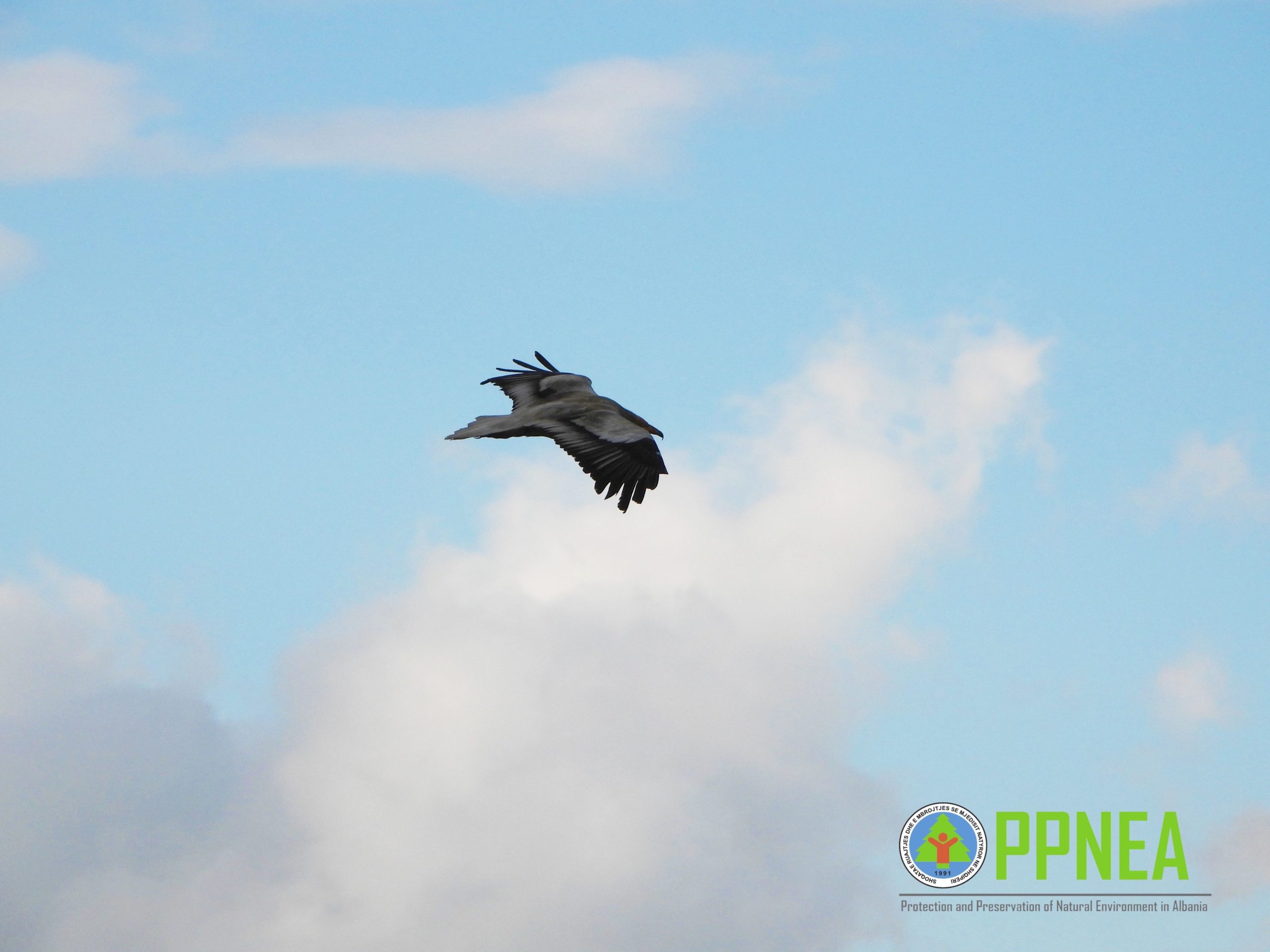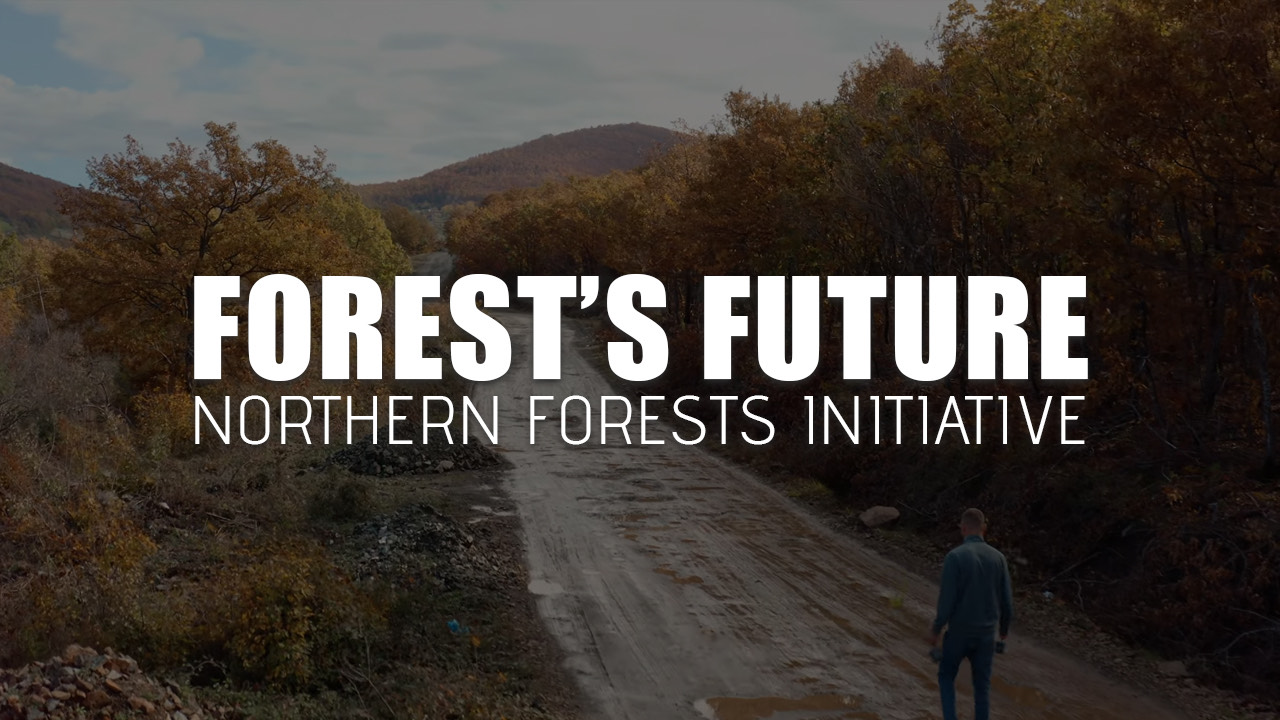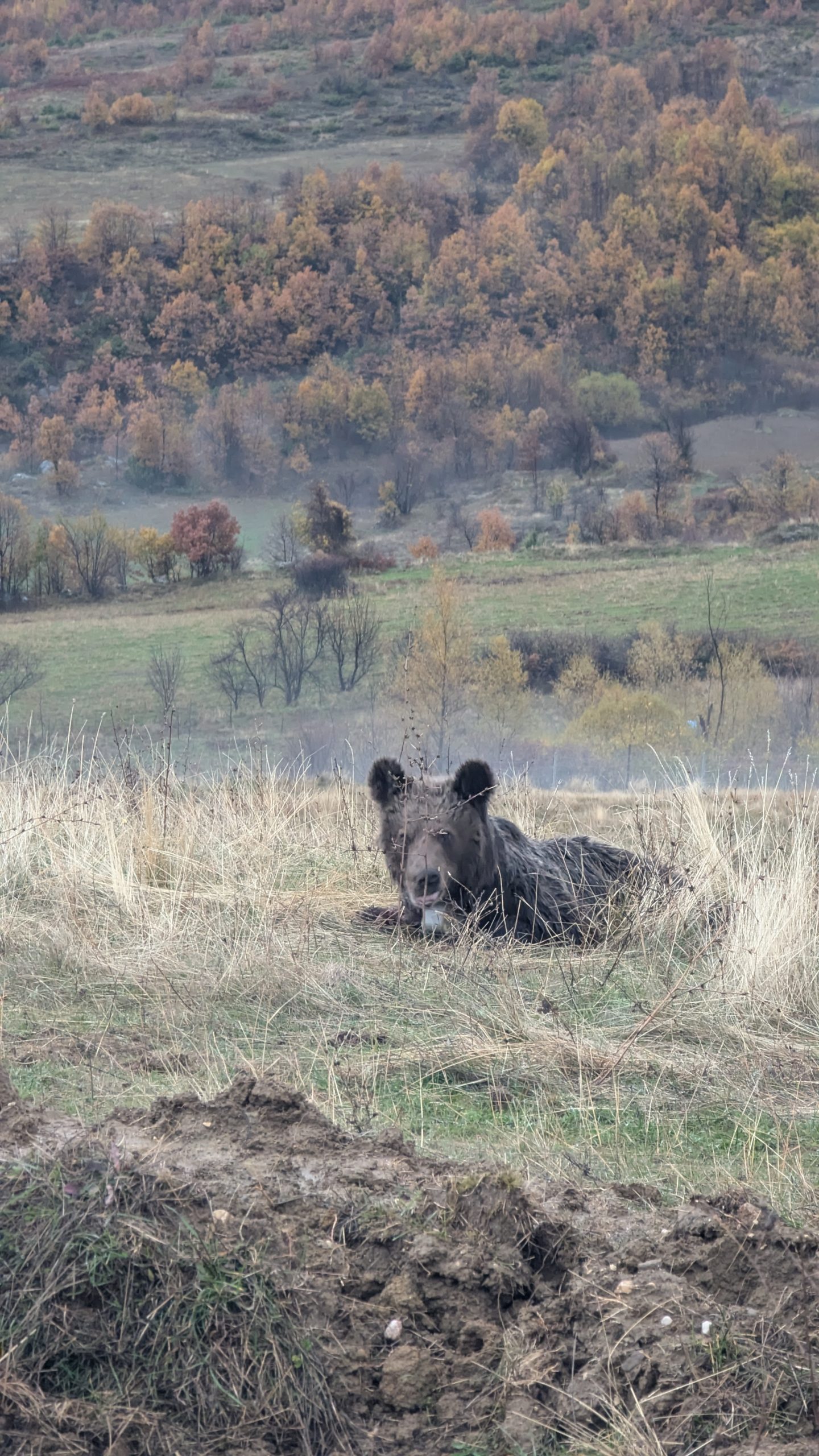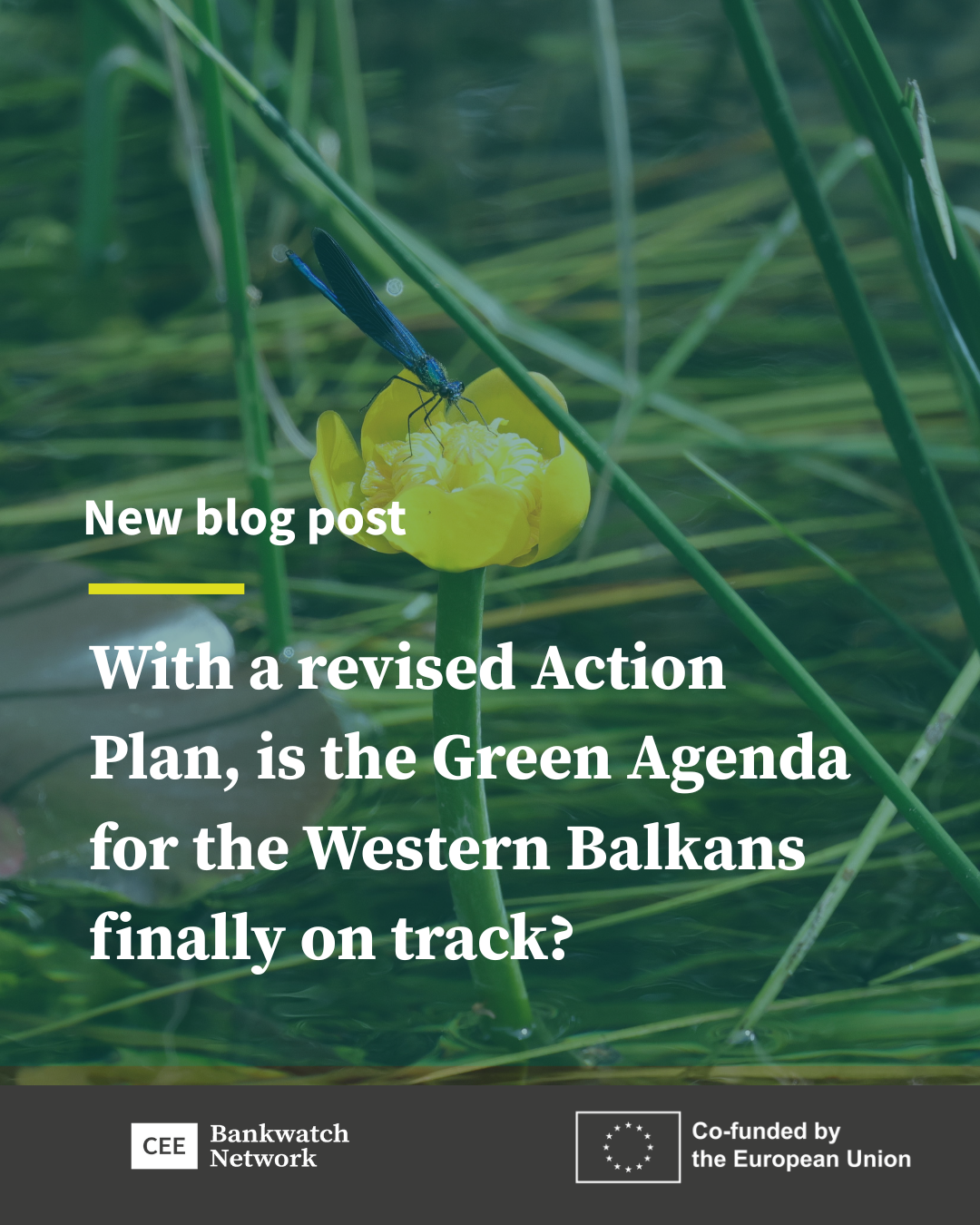The monitoring teams share the results for the year 2020.
The Egyptian vulture monitoring is an initiative carried out every year by a large number of research groups, in the framework of the “Egyptian Vulture New LIFE” project, in order to identify the changes and trend of the populations as well as the distribution of territories across the Balkans and Africa. Through this activity, researchers have the opportunity to understand the progress and identify the specific measures needed for the recovery of this magnificent species, which carries the status Endangered (EN), according to IUCN.
The monitoring of Egyptian vulture (Neophron percnopterus) in Albania is a challenging activity that requires time and a long dedication on the breeding grounds in order to generate the necessary data, such as occupied territories, the number of pairs and individuals, productivity, etc. At the end of such a long process, the Albanian workgroup, PPNEA, and AOS announce the following results:
In Albania we still have 9 occupied territories, the same number as in the previous three years. 6 territories are occupied by pairs and 3 are occupied by single individuals. Despite the number being the same, one of the old territories has been lost and a new one was gained, which has balanced the total number with the previous years. On a Balkan scale, the data show an increase of 9% in the number of pairs, 2 of which were identified in Bulgaria, 1 in Albania, and 1 in Greece. In addition to this, unfortunately, the number of fledglings was lower than the previous year.
Poisoning still represents the biggest and main cause of the decline of the Egyptian vulture population across the Balkans. Furthermore, electrocution, collision with powerlines, and disturbances along the breeding season represent considerable threats for the survival of this species. In order to prevent and minimize these threats, researchers from all partner countries have joined forces to implement concrete actions, both in the breeding grounds as well as during the migration of the species.
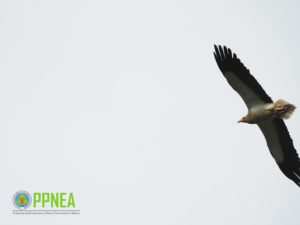
©
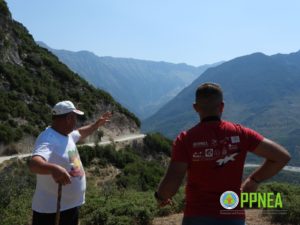
© PPNEA
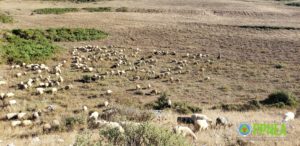
© PPNEA
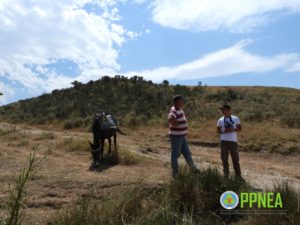
© PPNEA

© PPNEA
